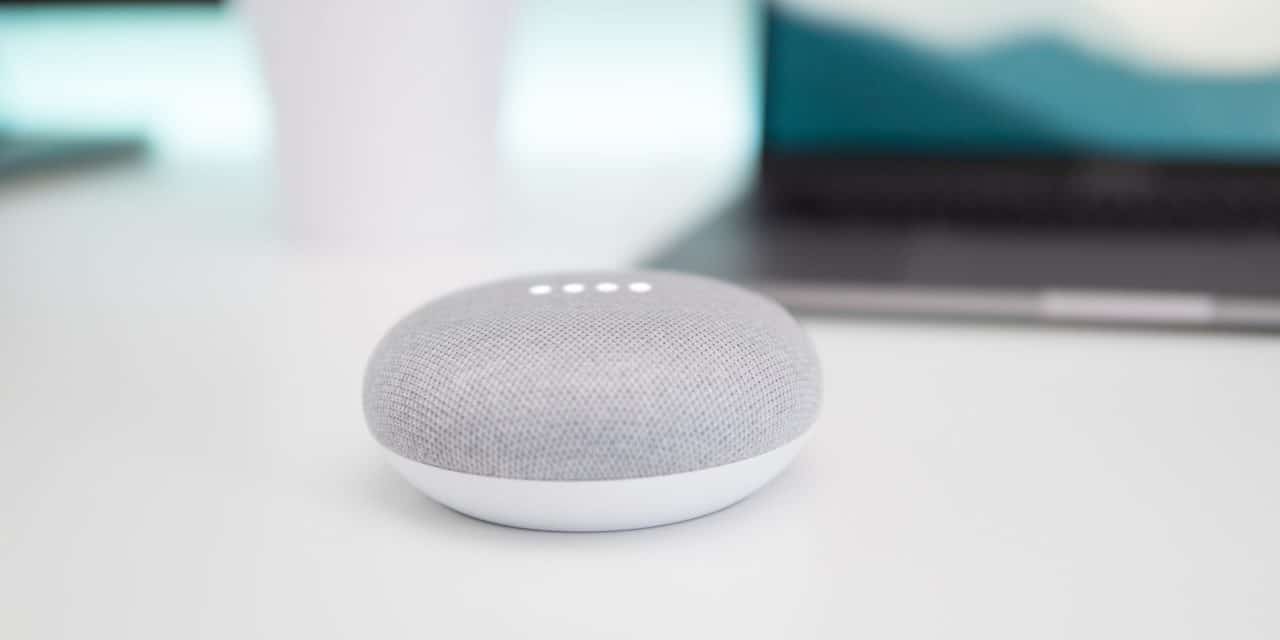[ad_1]
Simply speaking, Closed-circuit television (CCTV) is the use of video cameras to transmit a signal to a specific, limited set of monitors. It differs from broadcast television in that the signal is not openly transmitted over the public air waves. Usually a closed circuit television (CCTV) system uses a stand-mounted or hand-held video camera to project a magnified image onto a video monitor or a television (TV) screen. CCTV systems may operate continuously or only as required to monitor a particular event.
The technology of Closed circuit television (CCTV) originated in the 1950s and consisted of two low-resolution black and white cameras. Its main objective was to replace humans for visual security surveillance. In the 1980s, solid state cameras and VCRs were introduced. The resolution was better, but the pictures were still in black and white. In the 1990s, came the transformation to color, and eventually digital video recorders (DVRs) were introduced. Today there are still applications where black & white cameras are used, because they perform much better in low light and IR illuminated applications than the color cameras. And cameras are getting smaller and smaller. Miniature security cameras can today be installed virtually anywhere (such cameras can even include infra-red illumination which enables us to see in the dark).
Traditional video transmission in CCTV is done using 75 ohm coaxial cables. The video signal transmitted is a normal composite video signal, although some systems use Radio Frequency signals. The camera is usually powered by low voltage (typically 12V or 24V) through a local power supply near the camera or a separate power cable fed together with the coaxial cable. There are also some systems which feed the power to the camera through the same coaxial cable where to picture is transported.
Some of the more popular applications for CCTV surveillance are:
Retail
– monitoring for shoplifters and dishonest employees
– compiling recorded evidence against bogus accident claims
– monitoring merchandising displays in stores hundreds of miles away
Manufacturers, Banks, Casinos, Hospitals and Universities
– identifying visitors and employees
– thwarting theft
– ensuring the security of the premises and parking facilities
Airports and Military Installations
– watching for possible high-jackers, and terrorists
Industrial Plants
– observing procedures that are remote from a control room
– monitoring hazardous work areas
Sports Venues
– providing fans in the “cheaper” seats a better view of the action.
Home Security
– watching for unwanted visitors with video intercom doorbells
– observing child/elder caretakers with nanny cams
In summary, advances in CCTV technology are turning video surveillance into one of the most valuable loss prevention, safety/security and management tools available today.
[ad_2]
Source by Dorothy Lumski

